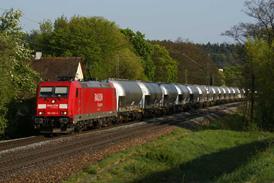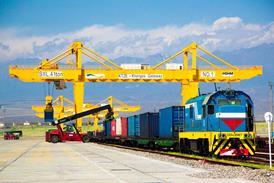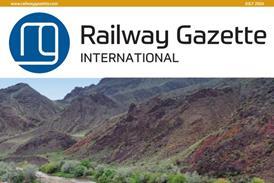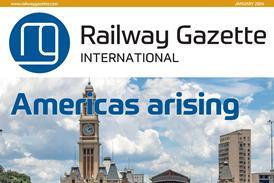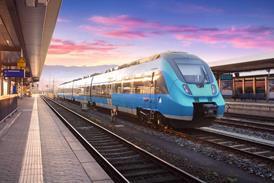- News
- In depth
- Maps & Data
- Events
- Digital Magazines
- Tenders & Jobs
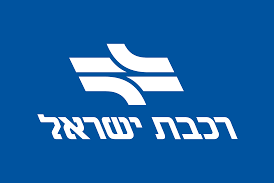 Concerning ISR Future Freight Locomotives Request for Information (RFI)
Concerning ISR Future Freight Locomotives Request for Information (RFI)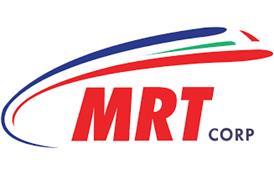 REQUEST FOR PROPOSAL (RFP) FOR INDEPENDENT VERIFICATION & VALIDATION (IV&V) CONSULTANT FOR RECONDITION OF MRT KAJANG LINE ELECTRIC TRAIN (RFP NO.: RFP/PD/Q44-2023 (R1))
REQUEST FOR PROPOSAL (RFP) FOR INDEPENDENT VERIFICATION & VALIDATION (IV&V) CONSULTANT FOR RECONDITION OF MRT KAJANG LINE ELECTRIC TRAIN (RFP NO.: RFP/PD/Q44-2023 (R1))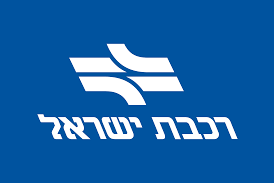 Tender No. 42216 For the Design, Manufacture and Supply of Industrial Ultrasonic Cleaning Machine (UCM)
Tender No. 42216 For the Design, Manufacture and Supply of Industrial Ultrasonic Cleaning Machine (UCM)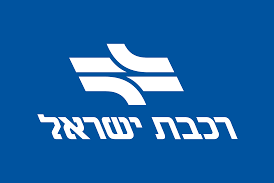 Tender No. 42217 For the Design, Manufacture and Supply of Industrial Cleaning Machine for Axle Boxes (ICM)
Tender No. 42217 For the Design, Manufacture and Supply of Industrial Cleaning Machine for Axle Boxes (ICM)
- Sponsored content
Close menu
- Home
- News
- In depth
- Maps & Data
- Events
- Digital Magazines
- Tenders & Jobs
- Sponsored content
Congestion charge to support New York MTA under major restructuring
By Metro Report International2019-02-26T16:40:26

USA: A 10-point plan to restructure and provide long-term funding for the New York Metropolitan Transportation Authority was announced on February 26 in a joint statement by state Governor Andrew Cuomo and New York City Mayor Bill de Blasio.

You have reached your limit of news stories for this month. Register for FREE to read this article and get:
- Increased access to online news coverage from:
- Railway Gazette International covering the global railway industry
- Metro Report International covering the urban transport sector
- Rail Business UK industry news for the British railway market
- Weekly e-mail newsletters covering the sector(s) of your choice
If you are already a registered user or a subscriber you can SIGN IN now
Site powered by Webvision Cloud

